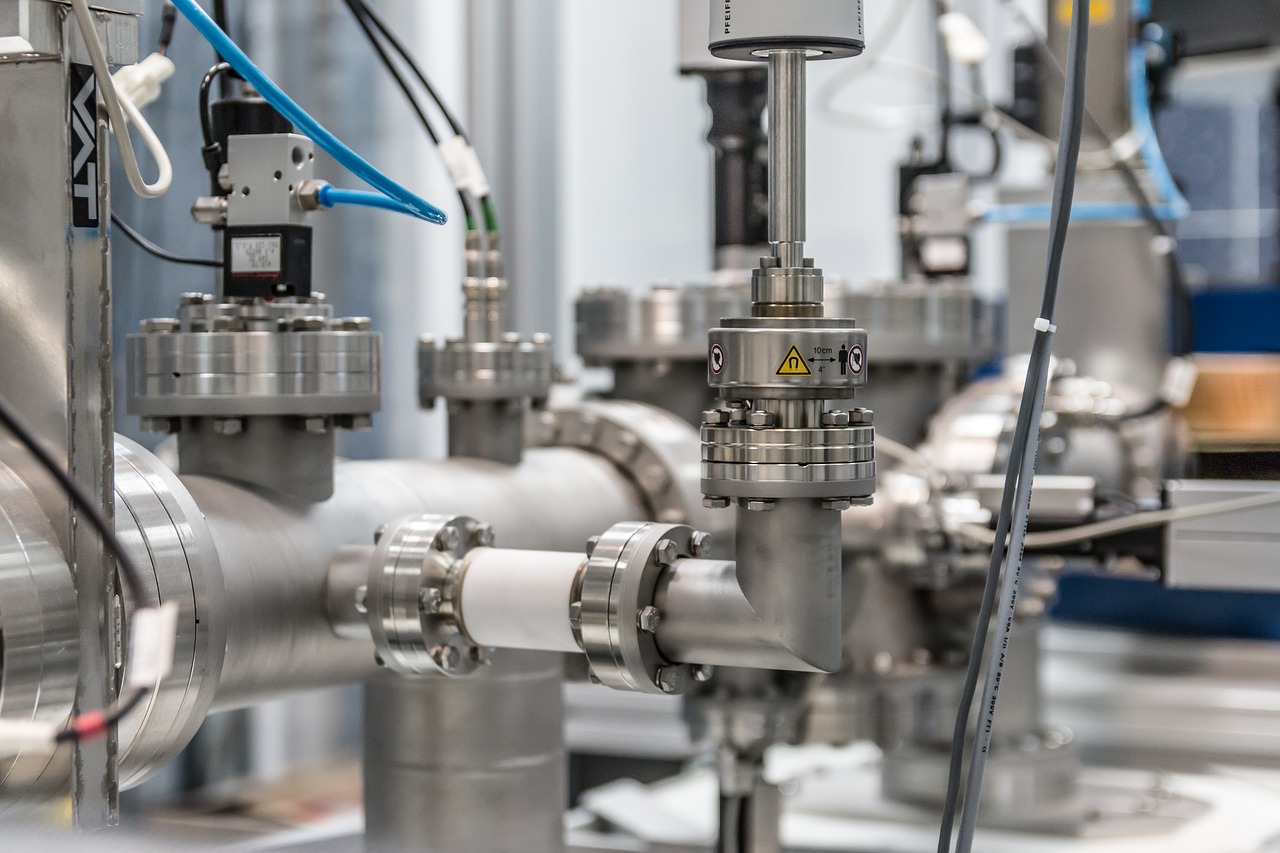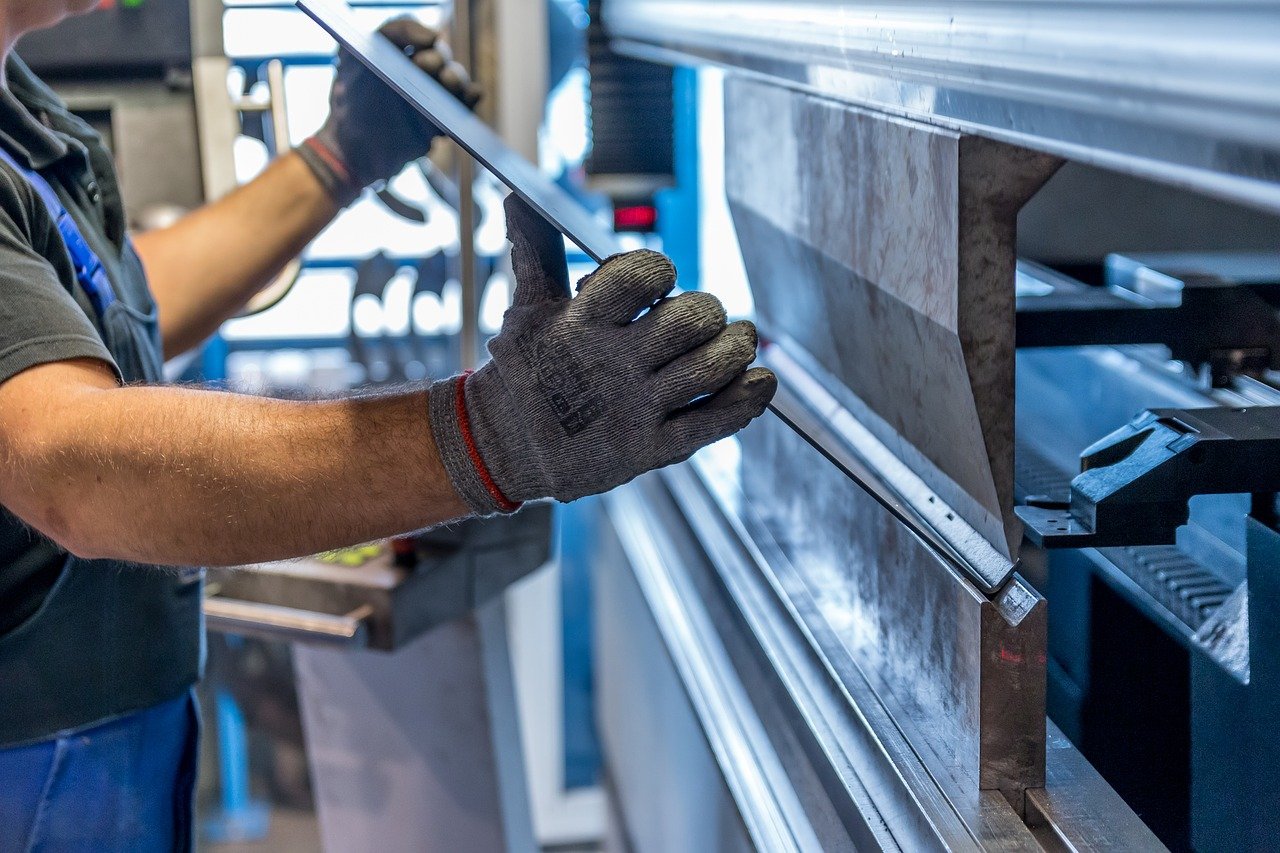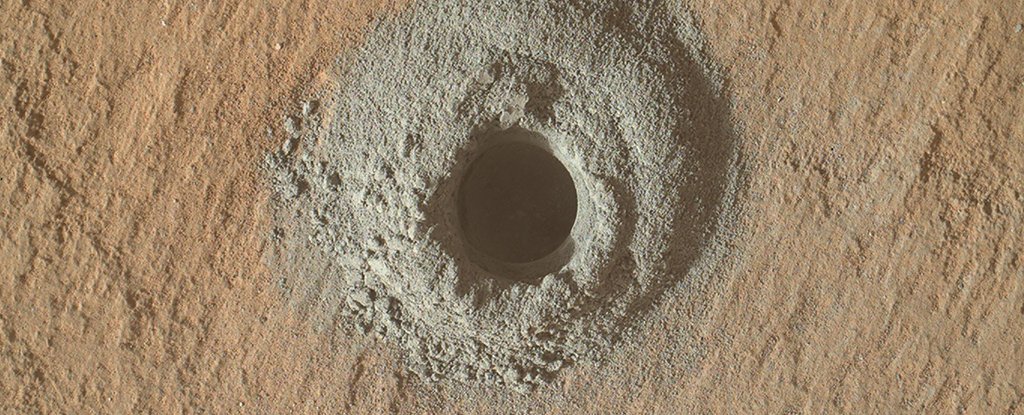Vibration should always be a critical element to consider in pumps and engineering in general, and it should be treated as a dual entity. First, vibration is the result of a problem, and second, it is the very thing that can cause greater trouble. As such, determining the limit up to which an amount of vibration can be considered normal and acceptable is the first step to take, and then constantly monitoring for any abnormal spikes is the second.
The main causes of excessive vibration in rotating elements are the following:
- Bent shafts
- Unbalanced or misaligned elements
- Reaction forces
- Contact between two components
If nobody is monitoring vibration and these causes are left untreated, the ever-worsening vibration can then lead to the following damages:
- Sealant harm and complete failure
- Permanent indentations in bearings
- Changes in bushing and wear ring clearances
- Looseness in tight fittings
- Impose fatigue in materials and even complete failure
It is clear that engineers cannot afford to disregard vibrations and the importance of monitoring them, but how exactly is this done in the first place? The simple answer is “with sensors”, which are usually part of clusters monitoring pump process pressure, process and surface temperature, and also vibration.
These sensors are basically accelerometers that can detect and record the motion dynamics of the pump 24/7. They are very reliable because they follow the simple principle of piezoelectricity through a transducer that converts mechanical forces to electric signals. As such, they are ideal for deployment in harsh environments that are typically where pumps are to be found.
In general, technicians who replace the pump seals and bearings at regular service intervals and in accordance with the vendor’s maintenance guidelines will seldom experience excessive vibration problems. However, diligent maintenance isn’t a replacement for monitoring vibrations in pumps, and shouldn’t be considered enough on its own.







